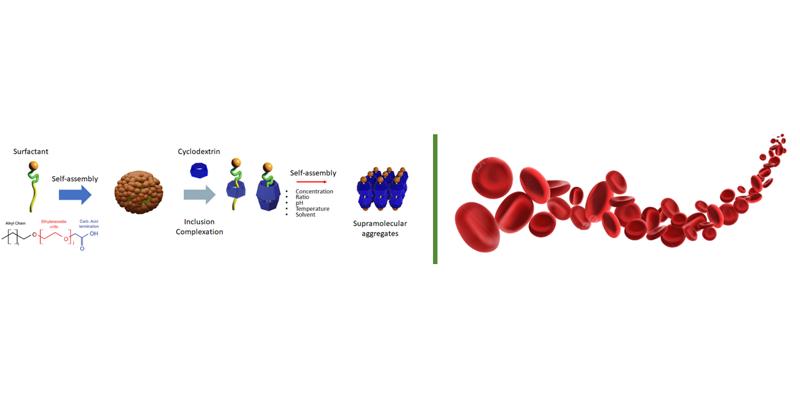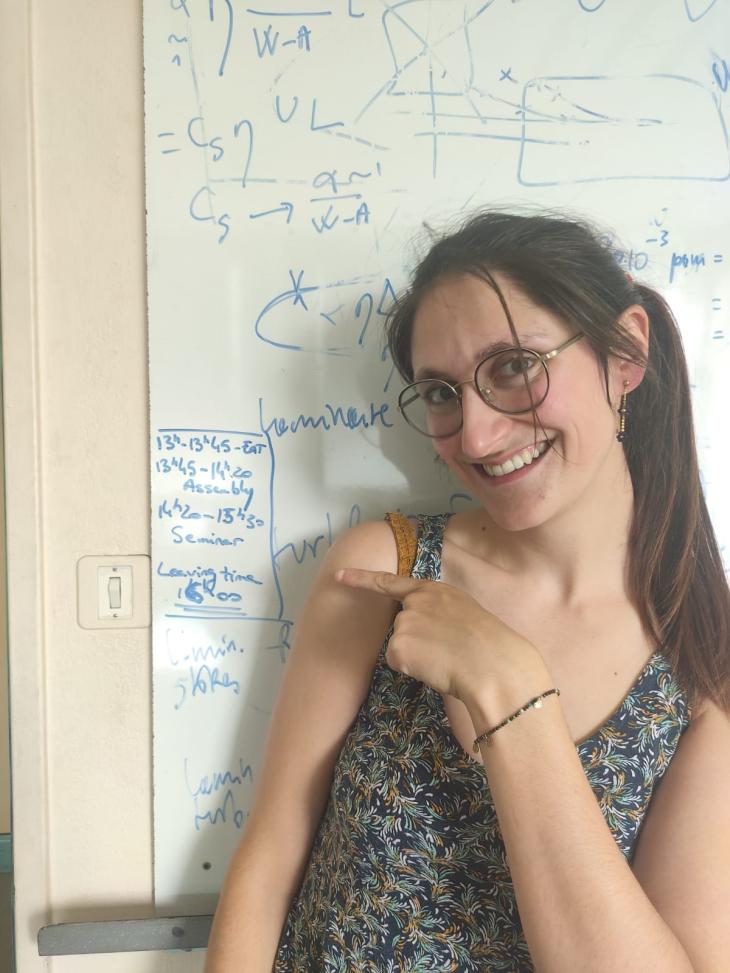- Share
- Share on Facebook
- Share on X
- Share on LinkedIn
Séminaire
On May 23, 2025

Larissa DOS SANTOS SILVA ARAUJO (PostDoc, MODI) || Agathe NIDRICHE (PostDoc, MC2)
Directing Cyclodextrin-Surfactant Inclusion Complexes Self-Assembly

Larissa DOS SANTOS SILVA ARAUJO (PostDoc, MODI)
Surfactants and cyclodextrins – small cyclic oligosaccharides – spontaneously form inclusion complexes, where one surfactant molecule is threaded by one or more cyclodextrin units. In this work, a thermodynamic and structural approach was employed to characterize the morphology of the assemblies arising from the inclusion complexation of different cyclodextrins with two polyoxyethylene alkyl carboxylic acids. Small-angle neutron scattering (SANS), supported by optical and electron microscopy, revealed the spontaneous formation of highly ordered supramolecular structures. The architecture of these assemblies is remarkably driven by pH and temperature, making them promising candidates to integrate stimuli-responsive delivery systems. From a fundamental scientific perspective, the findings highlight the critical role of both short and long-range interactions in the delicate balance of forces driving the self-assembly process and governing structural organization at the nanoscale.
Red Blood Cells Microrheology Studied With Atomic Force Microscopy

Agathe NIDRICHE (PostDoc, MC2)
Red blood cells represent 45% of the blood composition, and provide a simple model for a cell due to its lack of organelles, and the simplicity of its cytoskeleton, membrane and cytosol. Still, bulk mechanical properties of single Red Blood Cells (RBC) are described with large uncertainties in literature. In the frame of an ANR project aiming at trapping and characterizing malaria-infected RBCs with optical tweezers in a microfluidics channel, we need to characterize both healthy red blood cells and polymeric analogues with tuned viscoelastic properties, to mimic both red blood cells and malaria-infected red blood cells. For that purpose we use Atomic Force Microscopy, a technique that applies pN-range forces to biological samples in order to infer their mechanical properties. In my project, I investigate the impact of surface adhesion on the topography and rheology of red-blood cells, and relate it to the large variations observed in literature. We also try to provide with RBC mimics that display a similar viscoelastic response to healthy and diseased RBC.
Date
13:45
Localisation
LIPhy, salle de conférence
- Share
- Share on Facebook
- Share on X
- Share on LinkedIn